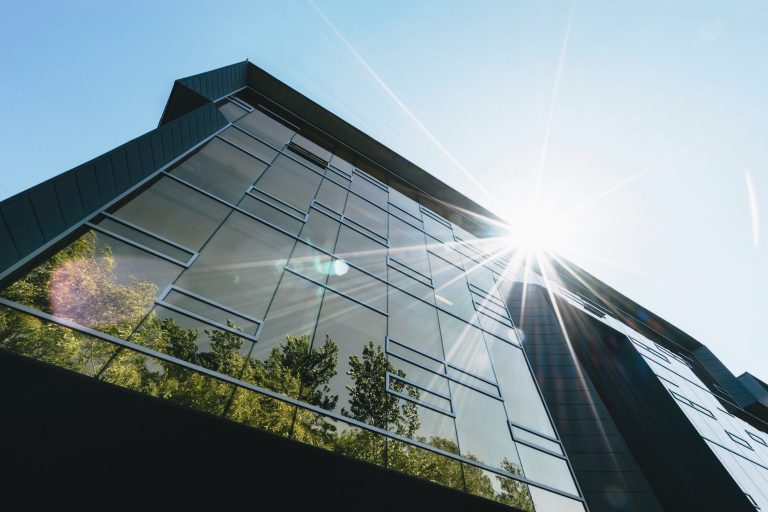The integration of photovoltaic (PV) solutions into our living and working spaces is creating a transformative impact in a world that is increasingly embracing sustainable practices.
As we seek innovative ways to harness renewable energy, integrated pv systems are emerging as a magic wand, seamlessly blending functionality with eco-friendliness.
Origin
Photovoltaic technology, commonly known as solar power, has long been celebrated for its clean and renewable energy potential. Traditionally confined to solar panels mounted on rooftops or in dedicated solar farms, the paradigm is shifting towards integrating PV technology into the very fabric of our environments.
The integrated pv systems are flexible in nature. Architects and designers are now incorporating solar cells into building materials, windows, and even facades.
This integration not only serves an aesthetic purpose but also contributes to the overall energy efficiency of the structure.
Imaginations into reality
Imagine a city skyline where skyscrapers not only define the urban landscape but also generate clean energy. This vision is becoming a reality as architects embrace the concept of building-integrated photovoltaics (BIPV).
Glass facades embedded with transparent solar cells, or solar-active windows seamlessly integrated into office buildings, are turning structures into power generators without compromising on design aesthetics.
The magic of integrated pv systems extends beyond the urban jungle. In residential spaces, solar tiles and shingles are transforming conventional rooftops into energy-producing surfaces. Homeowners can now enjoy the benefits of solar power without the need for bulky panels, blending seamlessly into the architecture of the house.
Versatility
Integrated PV solutions are not only limited to buildings, they are making their way into public spaces as well. Solar-powered street furniture, such as benches and bus stops with embedded solar panels, not only offer functionality but also contribute to the local power grid.
These smart, sustainable installations showcase the potential of blending technology with everyday elements, redefining our relationship with urban infrastructure.
Invites a greener future
Beyond the aesthetic appeal and energy production, integrated pv systems also address concerns about land use. By utilising existing structures and surfaces, we maximise the efficiency of solar power without the need for vast expanses of land dedicated to solar farms. This approach is particularly relevant in densely populated areas where space is at a premium, making every square meter count towards a greener future.
Furthermore, governments, businesses, and individuals alike are recognising the economic and environmental benefits of investing in solar integration, driving the growth of this transformative technology.
Lastly, the magic of integrated pv systems lies in their ability to merge sustainability with functionality seamlessly.
From transforming cityscapes to redefining residential architecture, these solutions are at the forefront of a green revolution. As we continue to innovate and explore the possibilities of integrated PV technology, we not only shape our physical spaces but also contribute to a more sustainable and resilient future.
The magic is in our hands by harnessing the power of the sun to illuminate our present and pave the way for a brighter, cleaner tomorrow.


No comments yet